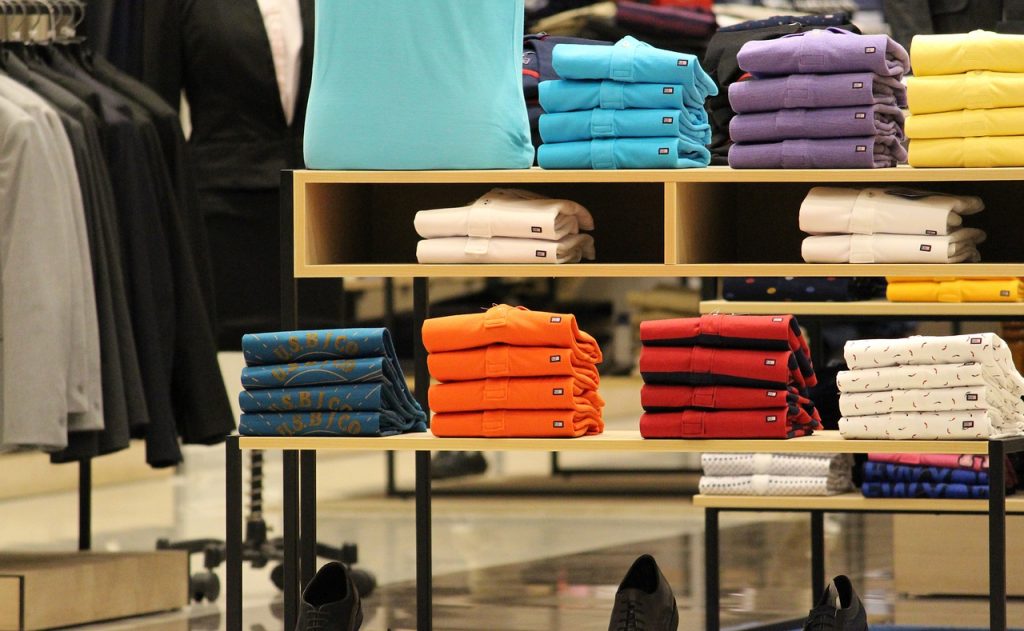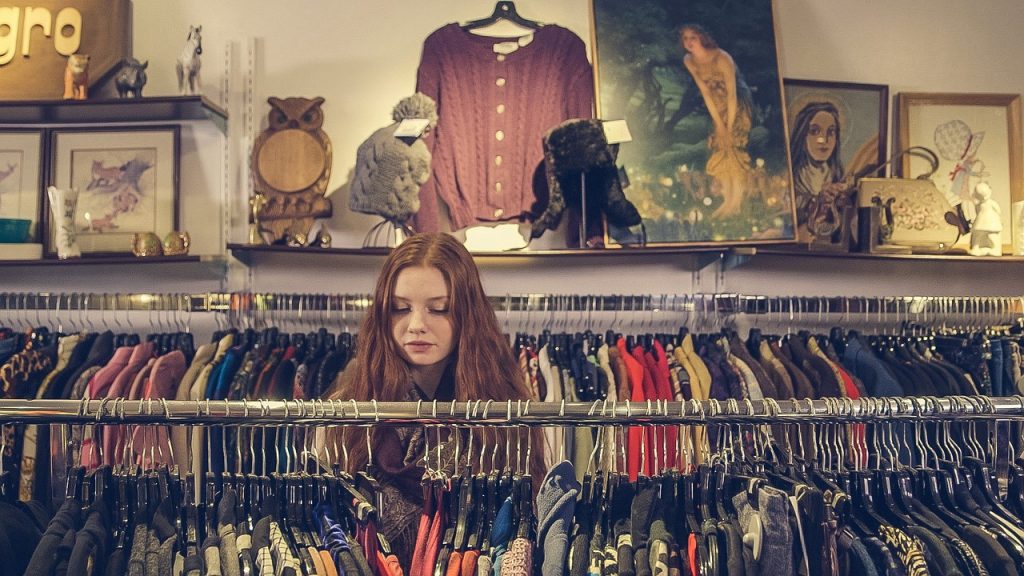Online Clothing Sales Are Creating A Big Problem
Here's why you may want to think twice about buying clothing online.
This article is more than 2 years old

While helping at a local Saint Vincent de Paul day center a few years ago, one person found themselves going through a mountain of donated clothing. As she looked for bright blouses, tailored jackets, and other treasures that might benefit the charity’s poor clients, she soon realized that not every item was worth offering to customers. Those items, which included a soiled Gap T-shirt here and a badly ripped pair of jeans there, were thrown away in a dumpster.
During the epidemic, overall clothing sales plummeted, while e-commerce apparel sales climbed significantly. For those who tend to let good used clothes end up in the garbage, doing something as simple as cleaning out the closet can make the difference between someone sleeping warm and someone sleeping cold. Donating clothing is a great way to give back to your community while also helping those with specific storage and living needs.
However, your donated garments, which you believed would find a new home in your community, could end up being recycled into industrial rags, carpet padding, or house insulation. They’re sometimes delivered in bundles to Ghana, Uganda, Malaysia, and other countries. What a lot of people aren’t aware of is that in many places, shopkeepers pick through the clothes for prizes. According to Rest, some e-commerce transactions are also delivered internationally. Herein lies the problem.
When shopping online, people frequently purchase more clothing than they intend to retain. In 2021, more than half of buyers informed Narvar, an e-commerce customer service provider, that they buy many sizes of the same product with the intention of returning the ones that don’t fit. Some companies even allow consumers to retain things that don’t fit, allowing them to donate or throw away even more clothing.

Wonder what happens to your clothes when you donate them? You can rest assured they will end up being recycled in one of several ways. And because fewer new textiles are required to make airless tires, fewer natural resources are utilized, meaning the airless versions are friendlier to mother nature. Fiber recycling also helps organizations that sell clothes to recyclers by preventing them from being burned or ending up in landfills.
Rarely are old clothing repurposed into new ones. Because most products are constructed of a mix of natural and synthetic fibers, it’s tough to dismantle them and replace them with new fabric. Fiber recycling is generally your best bet when your clothes are no longer useful. The quickest method to do this is to donate through charity or collection boxes. However, there’s no guarantee that the fibers will be used as you believe they will be used.
On her Instagram account, Lia Akuoko, located in Accra, makes posts about helping those close to her by taking advantage of the city’s used clothes market. A cropped leopard-print blazer, a scarlet wrap dress with spaghetti straps, and Akuoko-tailored jeans with a butterfly motif were among her favorite finds. “They usually want colorful straight gowns,” Akuoko stated through WhatsApp of her customers.
Some businesses in Malaysia sell items discovered in bundles delivered from Japan. Most of these transactions occur through resale websites geared towards US customers. The clothing then travels to another country after being sold. The first suggestion made by advocates for limiting the problems caused by worn clothing is to purchase fewer items. When you’re ready to part with your garments, you have a few options, the most common of which is to hand them over to the next person who will wear them.
This can occur on resale platforms such as eBay and PoshMark, where people can list their old clothing. It can also happen over the internet through sites like FreeCycle and Facebook Buy Nothing groups. You can even learn mending and tailoring techniques to upcycle your own clothes if you’re feeling brave.










